From Blues Obscurity to Rock Stardom: How 60s Music Festivals Catapulted Unknown Bands to Fame
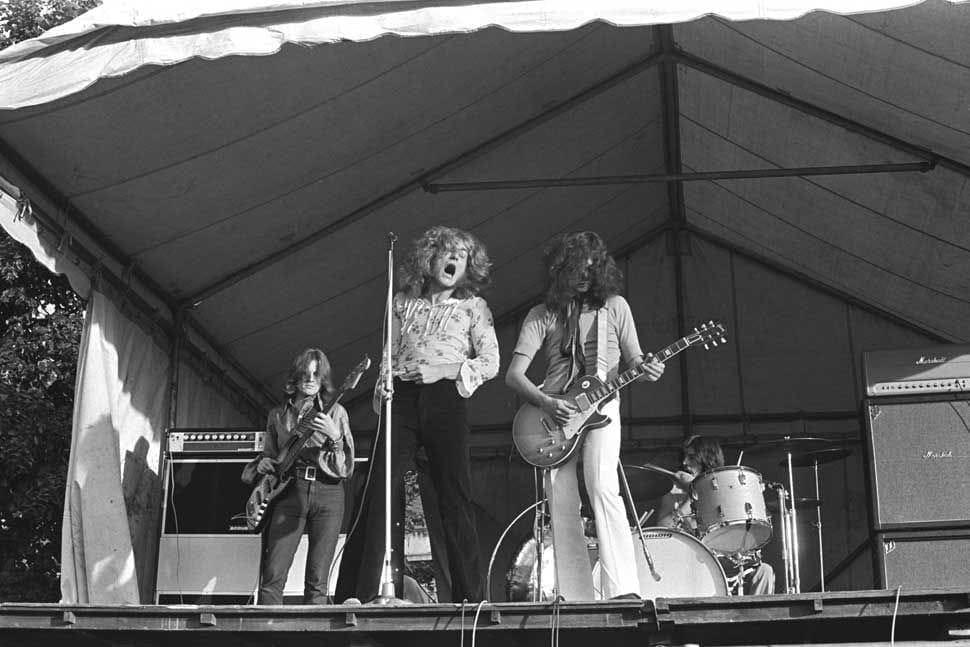

In the tumultuous era of the 1960s, music festivals emerged as transformative platforms for countless bands, propelling them from relative obscurity to the forefront of the burgeoning rock scene. Unlike today’s globally pervasive music industry, the ’60s music landscape was marked by limited exposure and unconventional paths to success.
Jimi Hendrix’s unforgettable performance at the Monterey festival in June 1967 serves as a prime example of how festivals could elevate an artist’s profile overnight. Hendrix’s fiery act turned him from an underground figure with a budding reputation into a superstar. This marked the rise of music festivals as a crucial avenue for artists to gain unprecedented exposure in a single show, potentially securing their big break.
During this era, the music scene was far from the all-encompassing global entertainment it is today. Limited radio shows, a handful of music papers, and scarce coverage in mainstream media characterized the industry. Bands, particularly those in the UK, struggled to secure record deals and studio time despite tirelessly touring the country. This landscape made music festivals a lifeline for up-and-coming acts, providing them with a rare chance to showcase their talent and garner word-of-mouth approval that could propel them to commercial and critical success.
The National Jazz & Blues Festival in Britain, which later transformed into the Reading festival in 1970, played a pivotal role for British blues rock bands. Acts such as The Yardbirds, Cream, Fleetwood Mac, and Ten Years After found themselves on festival bills, receiving crucial exposure that often led to residencies at prestigious clubs and, in some cases, lucrative record deals.
Fleetwood Mac, for instance, made their debut at the National Jazz & Blues Festival in 1967, and the buzz generated from that performance undoubtedly contributed to the success of their debut album later that year. Other acts, like Chicken Shack and Ten Years After, also experienced the festival effect, using their appearances as launch pads for intensive touring and subsequent record deals.
Woodstock in 1969 marked a turning point, as festivals grew in scale and prominence. The event showcased emerging bands like Santana, whose electrifying performance propelled them to No.4 on the US charts. Subsequent festivals, such as the 1970 Bath festival, featuring Led Zeppelin and other iconic acts, drew massive crowds, reaching new heights of attendance and transforming festivals into grand spectacles rather than platforms for discovery.
By the end of the ’60s, the landscape had shifted dramatically. The Isle of Wight festival, once a springboard for British blues-based bands, experienced its final edition in 1970. Ron Foulk, the festival’s promoter, lamented the shift, declaring it the last festival due to uncontrollable crowd trouble. The dreams of countless small-time, unknown bands looking to the summer with hopes of breakthrough moments were, in many ways, left unrealized.
In retrospect, the ’60s music festivals not only shaped the careers of legendary acts but also encapsulated an era where the stage was set for aspiring musicians to transcend obscurity and emerge as the first rock stars.
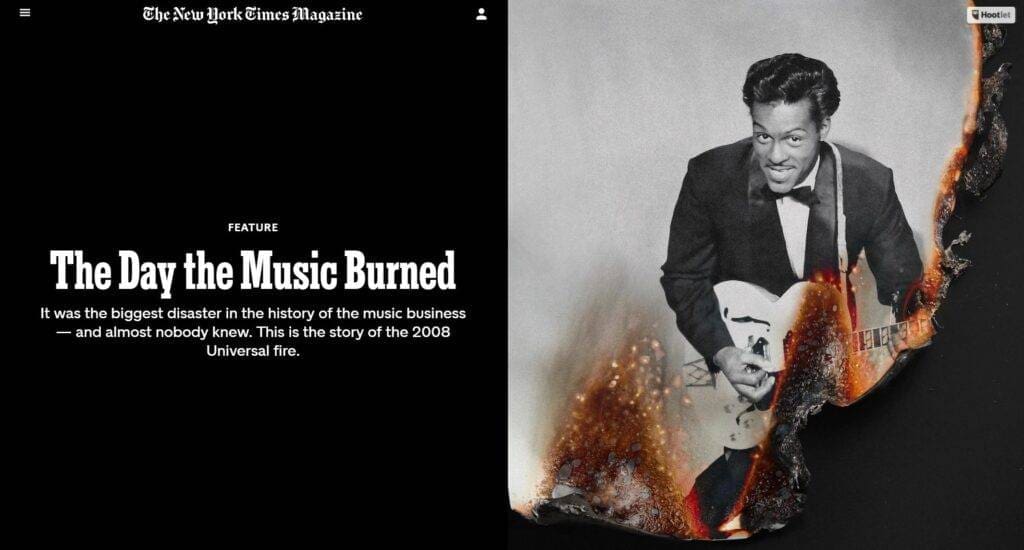
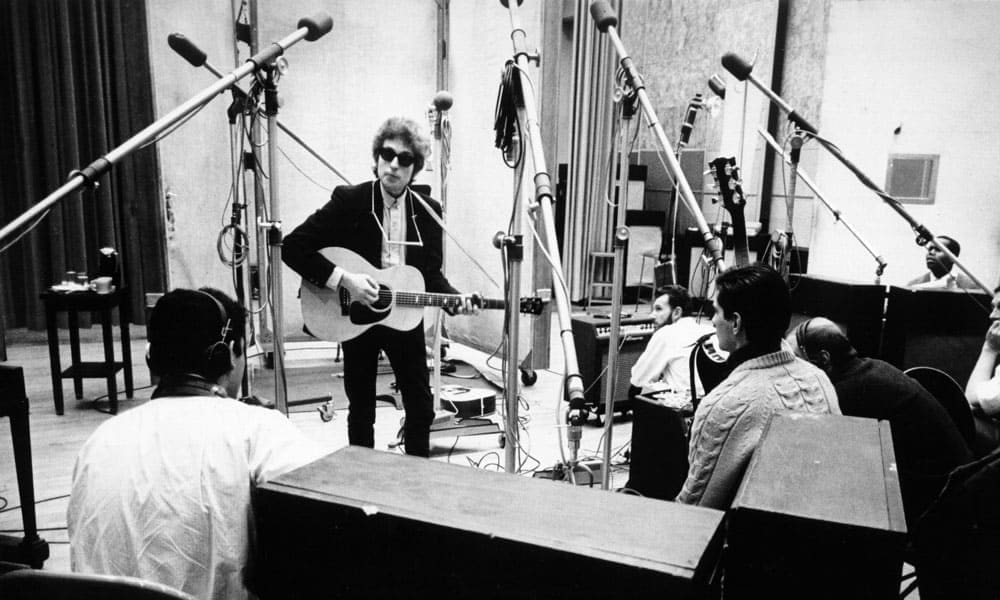
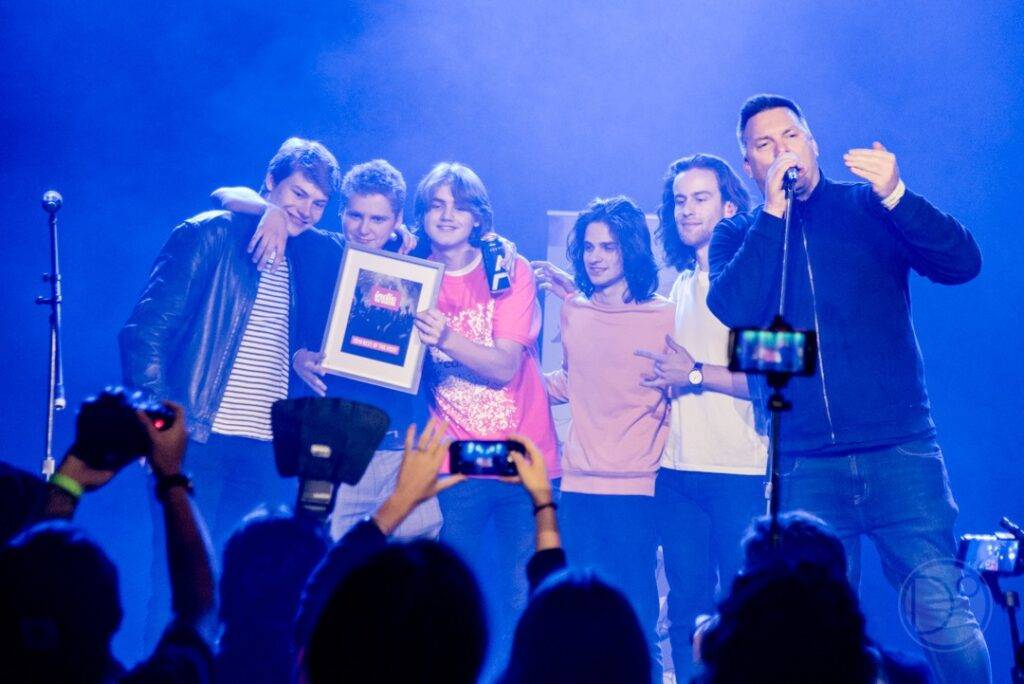


Responses